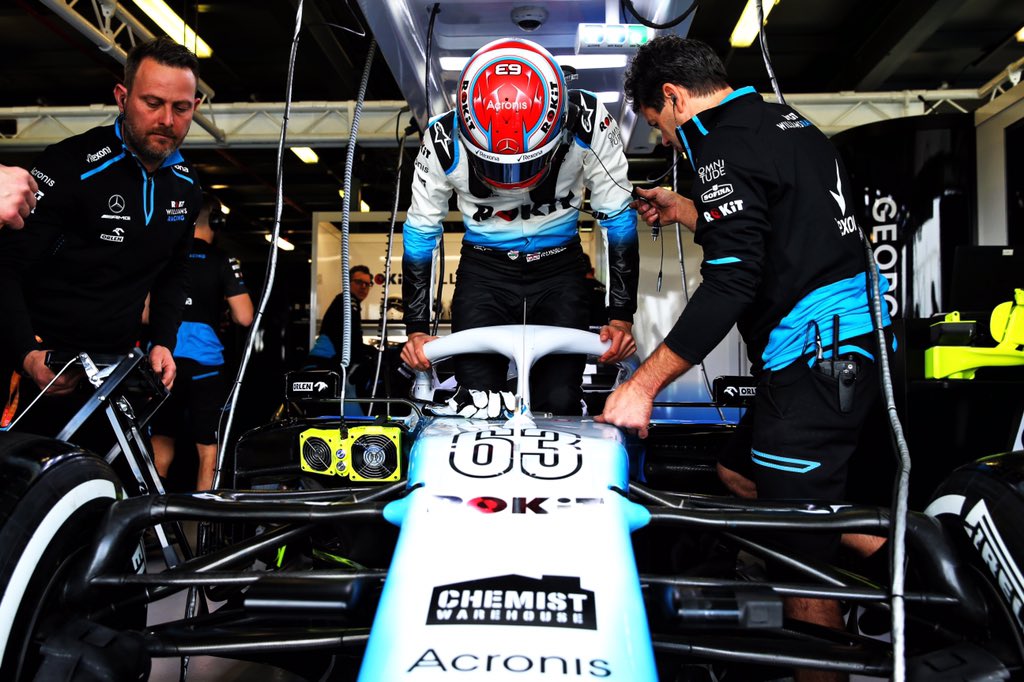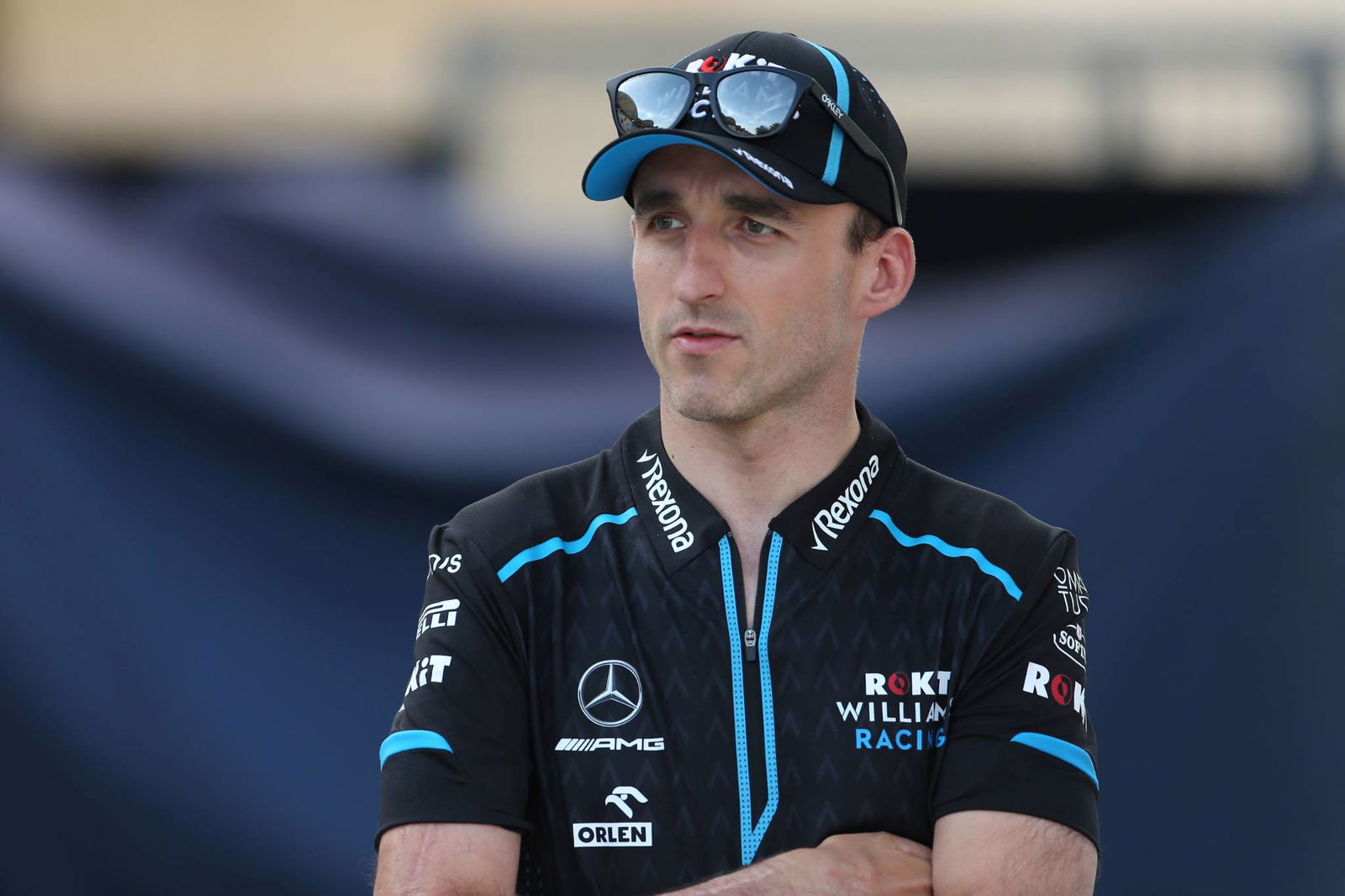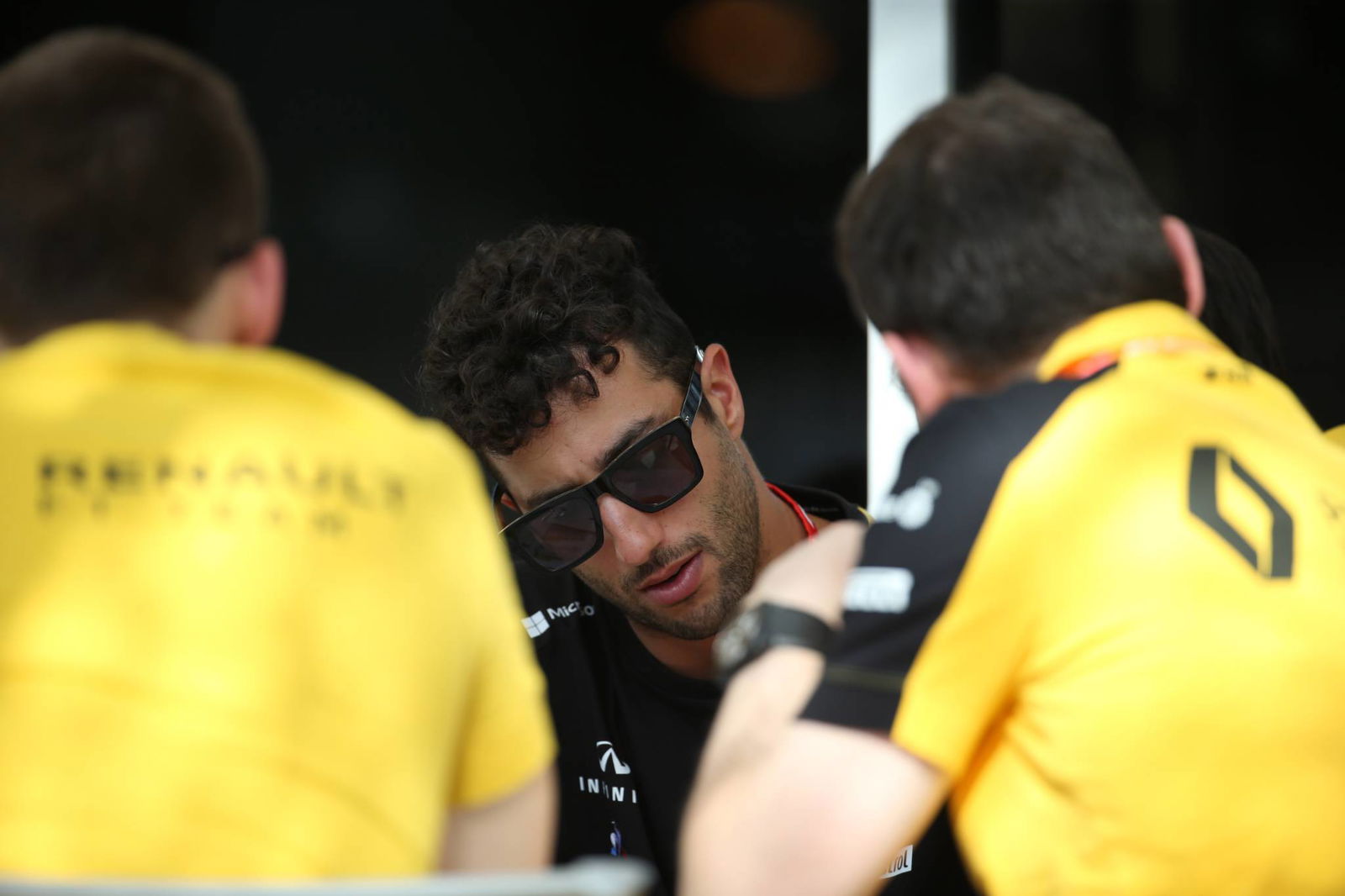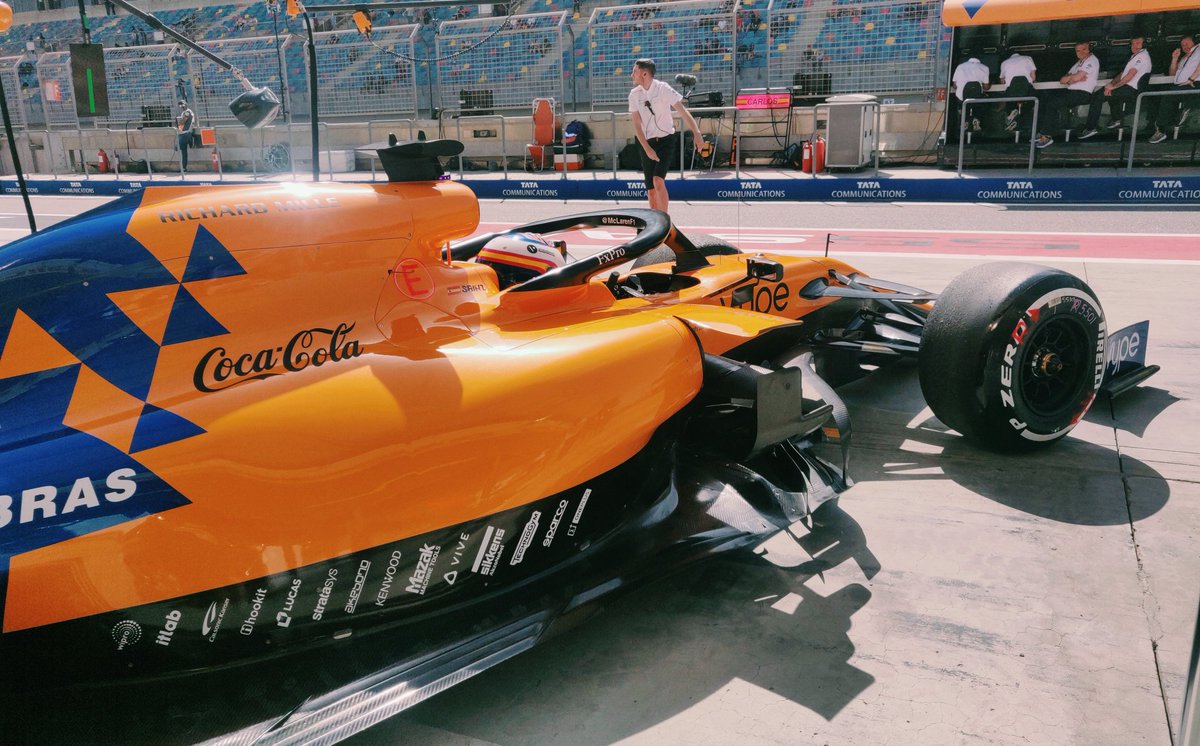How Williams has been left playing catch up in F1’s marathon
When George Russell addressed the media on Thursday ahead of this weekend’s Bahrain Grand Prix, he compared Williams’ current Formula 1 predicament to chasing lost time in a marathon.
“F1 is like a marathon but we are just starting the marathon half an hour down,” he said. “So we can run at the same pace as everyone, but the train has already left the station. We’ve got to do extra to catch that up and that’s the difficult we are in at the moment.”

When George Russell addressed the media on Thursday ahead of this weekend’s Bahrain Grand Prix, he compared Williams’ current Formula 1 predicament to chasing lost time in a marathon.
“F1 is like a marathon but we are just starting the marathon half an hour down,” he said. “So we can run at the same pace as everyone, but the train has already left the station. We’ve got to do extra to catch that up and that’s the difficult we are in at the moment.”
His comments came less than a fortnight after he and teammate Robert Kubica were restricted to the back row of the grid in qualifying before finishing 16th and 17th (as the last remaining runners) having been lapped at least twice each each on race day at the season-opener in Australia.
But just how did Williams manage to once again find itself in such a dire spot?
After enjoying initial success during the early days of the V6 hybrid era, beating first Ferrari in 2014 and then Red Bull to third spot in the constructors’ standings a year later was a huge feat. Back-to-back fifth place finishes followed before a radical change in design philosophy backfired in 2018 and left the team enduring its worst F1 season to date as it racked up just seven points and finished last in the constructors’ championship.
Deputy team principal Claire Williams promised better times for her “next-generation” family outfit following its torrid season, but shortly after the launch of its latest F1 challenger and the hope of improved fortunes, things quickly spiralled downhill.
A planned filming day then had to be cancelled in order to ensure Williams’ car would be ready in time for the start of pre-season testing - a scenario that has occurred before in F1, and although it is a source of frustration, there appeared to be no reason for full panic stations at Grove just yet.
But a skipped filming day soon turned into Williams missing two-and-a-half days (25 percent) of running during the opening week of testing in Barcelona. And with that, the alarm bells had well and truly started ringing.
Williams admitted to feeling “embarrassed” by her team’s late arrival to testing after encountering a series of delays to the team’s FW42 contender. When the car eventually hit the track, it looked laboured and hard to drive, with running compromised by a lack of spare parts as the British squad ended up bottom of the mileage charts despite making up some decent ground in the second week.
While Williams had refused to pin the blame on any individual, the team announced one week prior to the start of the new season that chief technical officer Paddy Lowe would be taking an “leave of absence” amid scrutiny and speculation about his future. The move, which followed a string of high-profile departures - most notably Rob Smedley - left Williams without a senior member in the position on the eve of the new campaign.

Regardless of the unfolding situation around them, Russell and teammate Robert Kubica remained upbeat but come Melbourne the reality of the situation had become clear. The British rookie had also spoken about a fundamental flaw in the car’s design, which he feared could leave the team rooted to the bottom of the pecking order for months.
"There’s no doubt our overall package is well off but I do think if we do optimise our package we can probably close the gap, but I don’t think we can overcome what we are missing,” Russell told gathered media including Crash.net in the Sakhir paddock.
“The atmosphere is as positive as it can be really. Obviously you are not going to be chilled out or relaxed when we are at the back of the grid by a long way but we do have to stay positive because this is the position we are in and we’ve now got to work on making the most of that.
“In any sport you can’t do that overnight. It’s a step-by-step process to make sure that everything is in place to build onto.”
While he would not be drawn on full specifics about the flawed FW42, Russell did reveal that Williams’ main limitation rests with its aerodynamic package, and conceded the team is “lacking” in the downforce department due to rushing through development to get its car ready in time for the start of the new season.
With Williams now resorting to treating the early rounds of 2019 like test sessions, Russell is planning on conducting a number of on-track experiments in a bid to unlock greater understanding and potential from his car.
“We understand why it is as bad as it is but it’s not quite as simple as waking up the next day and rectifying that,” he explained.
“Also, once we’ve found improvements you can’t just say we will make it to be ready for tomorrow. These things take weeks or months to do.
“I think our overall package is probably better than what we are showing at the moment. Not better that we will be moving forward but better that we will probably be a couple of tenths ahead. So even if we just made the most of what we have got than we will go forwards.
“There is certainly light at the end of the tunnel but that tunnel is quite far away and we’ve got to just not do anything drastic because at the end of the day, even if you are one of the top three teams you can’t just overcome that lap time in a day, a week, or a month.
“It’s a process and the team made it clear from the end of last year that this is a longer term project for them and they are not looking to short term.”
For Kubica, a fairytale return to the sport after more than eight years away following his horrific rallying accident that left him fighting for his life has not started in the way he would have hoped when his full-time comeback to grand prix racing was confirmed last November.

“I think in the difficult situation we are it’s extremely important to have some positive momentum and positive things happen in the team,” Kubica said.
“This will boost everyone. Everyone is working hard but the season is long and you need some positives for the people in the factory, mechanics, to see the light in the tunnel.”
Williams’ FW41, the first to be designed under Lowe’s leadership since his move from Mercedes in early 2017, had significant aerodynamic weaknesses and led to a thorough review into its build process in order to avoid the same mistakes with its successor.
Kubica, who drove Williams’ 2018 car during in-season testing and a number of practice outings, is convinced that while the team faces a big challenge to rectify the issues it faces with its new car, he feels the problems are far less complicated.
“There is always a reason why you are ending up in this kind of situation,” the Pole insisted. "I think last year the issues were completely different and were difficult to predict.
“It was a bigger shock why we struggled so much but there were corners where we were not struggling and the car was quite competitive, so you were having some corners even on the same track, some areas, the car was probably not far off from where it should be but then you have others… Bahrain was a good example, where we were massively slow.
“I think this year somehow you could expect, [with] what we had from winter, [that] we would struggle with the pace. I was not expecting to struggle with the other issues we face from Barcelona but from the performance point of view I would say it’s the same as what we’ve seen in the windtunnel.
“If the other [teams] keep the same performance as last year we will be more behind than last year from our numbers, data and simulation. This is more or less what has happened.
“In some ways it’s easier problems to solve as you know the area and you know what’s lacking,” he added. “Last year it was much more complicated - the limitation of the car were changing and was very very inconsistent.
“But on the other hand it’s difficult to change something in a couple of months if you arrive with this… it’s a difficulty. We struggle to put the grip into the car, the downforce, and there is always a reason.
“It’s true also that you need to think [about] new ideas or something that could unlock a lot of improvements. We just need to make sure it will happen and as soon as possible.”
Despite its plight, Williams remains one of F1’s great teams and there is no doubting it has the capacity to recover. But as Russell and Kubica highlighted, a turnaround will take time.
For now, at least, Williams faces a dismal prospect and appears set for a slog at the start of 2019 at the very back of the grid with little hope of quick-fire improvements.



